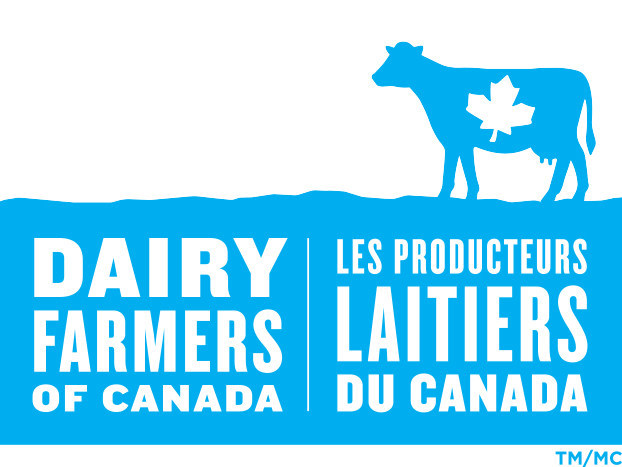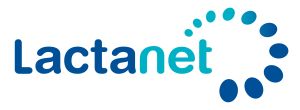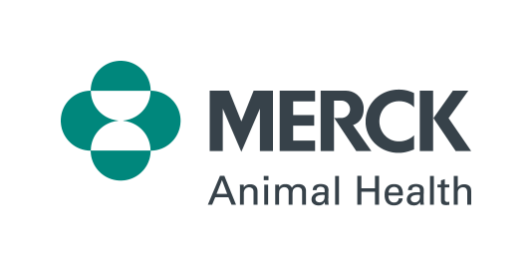NSERC Industrial Research Chair in Infectious Diseases of Dairy Cattle
Complete

Project Overview
Infectious diseases are a substantial challenge for the Canadian dairy industry. Johne's disease, mastitis, bovine leukosis, digital dermatitis, mycoplasmosis, salmonellosis and neosporosis not only adversely affect on-farm productivity and fertility, but they increasingly restrict export of dairy heifers and semen. The Industrial Research Chair (IRC) in Infectious Diseases of Dairy Cattle will continue to address these issues with a long-term goal of decreasing effects of infectious diseases on the Canadian dairy and semen industries. This will be achieved by conducting research and concurrently training highly qualified personnel (graduate students and postdoctoral fellows).
Focusing on Johne's disease, bovine mastitis, antimicrobial use and antimicrobial resistance, plus communication between veterinary practitioners and dairy farmers, the second term of the IRC will address the most widespread and economically important diseases decreasing production and increasing morbidity and mortality in dairy cattle, in Canada and around the world.
What Did the Research Team Do?
The research focused on two of the most important diseases affecting the dairy industry: Johne's disease and mastitis. The studies on Johne's disease focused on transmission of Mycobacterium avium subspecies paratuberculosis infection to the calf, genetic susceptibility, early diagnosis, and adoption of prevention and control practices by dairy farmers. The mastitis studies focused on the role of coagulase-negative staphylococci in mastitis, antimicrobial resistance, and heifer mastitis.
What Did the Research Team Find?
This IRC research program has many findings! See the outputs below for more information. Some results include:
- The estimated annual losses from Johne’s disease was $47 CAD per cow in an infected herd, which is approximately a 1% loss of milk revenue. Losses were due to a reduction in the milk production of infected cattle (68%), premature culling (22%), and reduced slaughter value (10%).
- New testing strategies have been shown to accurately identify young stock infected with Mycobacterium avium subsp paratuberculosis (MAP) by using a combination of different diagnostic tests, isolation of positive calves, and retesting after one month.
- Reduction of on-farm antimicrobial use is possible while maintaining productivity and quality of milk and milk products by using protocols for selective treatment of non-severe clinical mastitis and selective dry cow therapy.
- Selective genetic breeding for enhanced mastitis resistance can be an effective strategy to control mastitis, in combination with better management practices, such as maintaining a clean and dry environment, following proper milking procedures, and regular monitoring of udder health status.
- New knowledge on communication between veterinarians and farmers will improve veterinary student training and continuing education programs for veterinary practitioners.
**Scroll down for project communication outputs**
Chairholder
Herman Barkema
University of Calgary
Key Words
- Infectious disease, antimicrobial resistance, Johne’s Disease, mastitis, communication
Period: 2019-2024
Budget: $1,326,250
Last Updated: January 16, 2024
Note: As per the research agreement, aside from providing financial support, the funders have no decision-making role in the conduct of the studies, data collection, and analysis or interpretation of the data. Researchers are independent in conducting their studies, own their data, and report the outcomes regardless of the results. The decision to publish the results rests entirely with the researchers.
PROJECT COMMUNICATION OUTPUTS
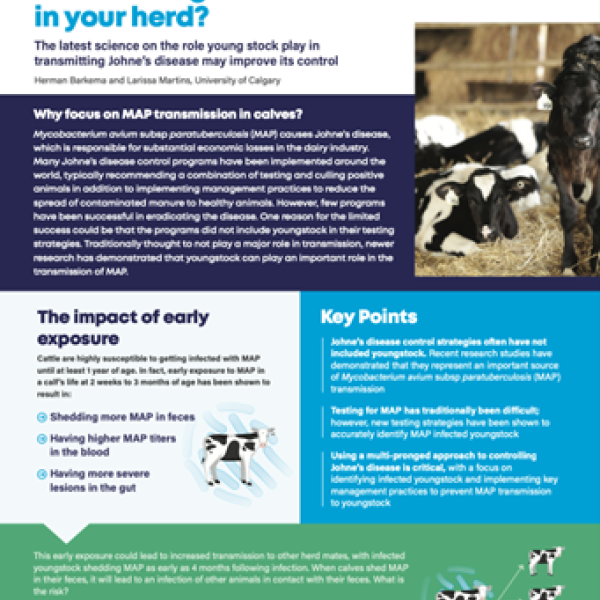
INFOGRAPHIC
DOWNLOAD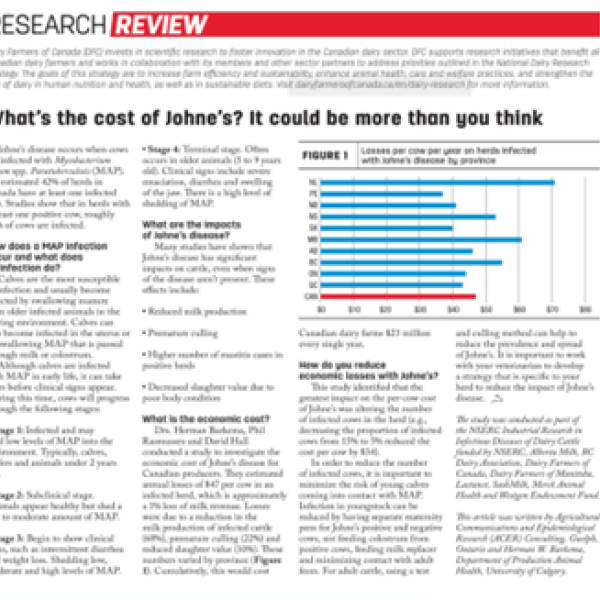
TRADE PUBLICATION
READ MORE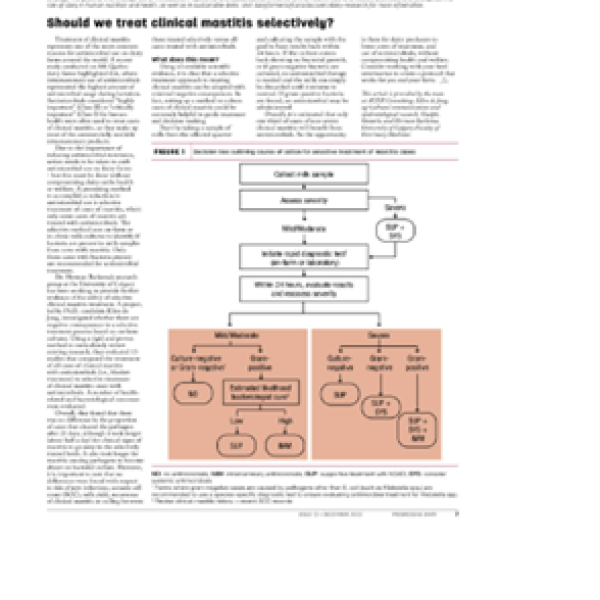
TRADE PUBLICATION
READ MORE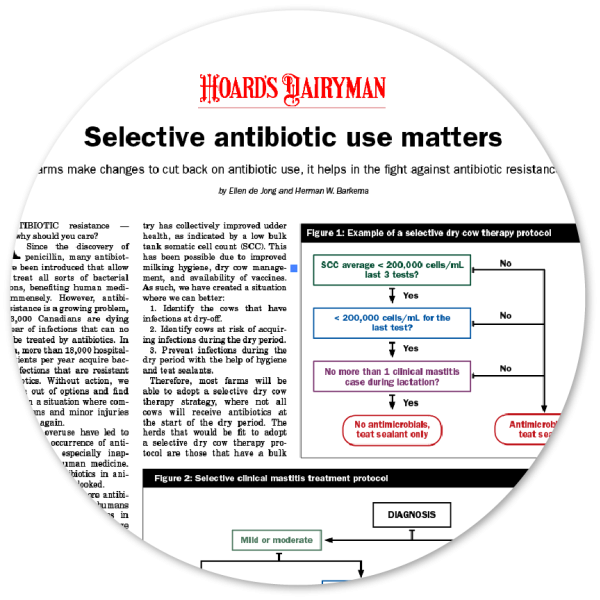
TRADE PUBLICATION
DOWNLOAD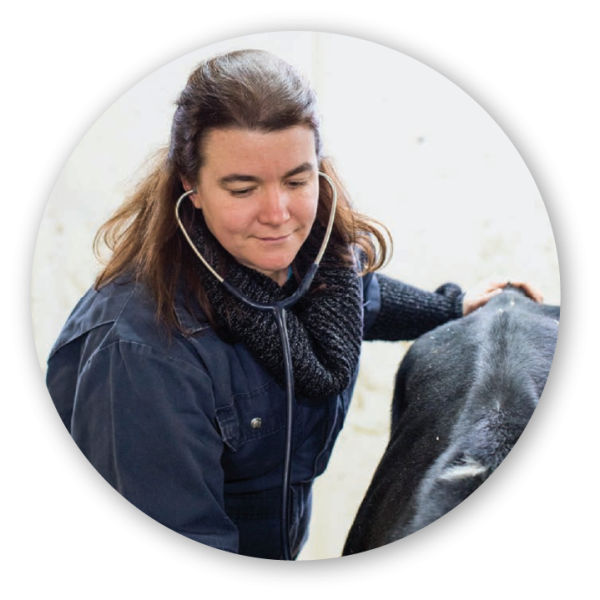
TRADE PUBLICATION
DOWNLOADWEBINAR
The Latest in Herd Health, Welfare & Productivity
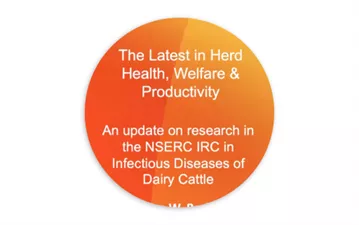

PODCAST
LISTEN
PODCAST
LISTEN
PODCAST
LISTEN
PODCAST
LISTEN
PODCAST
LISTEN
PODCAST
LISTEN
PODCAST
LISTENPROJECT PUBLICATIONS
-
Please see Dr. Barkema’s Google Scholar profile: https://scholar.google.com/citations?hl=en&user=VaLlkyoAAAAJ&view_op=list_works&sortby=pubdate

